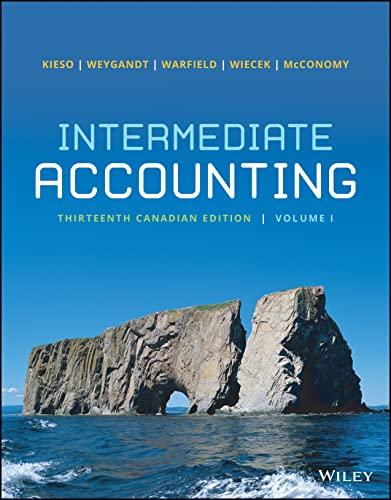Ch 17 Keep Or-Drop Dedsion, Alternatives, Relevant Costs Reshier Company makes three types of rug shampooers. Model 1 is the basic model rented through hardware stores and supermarkets. Model 2 is a more advanced model with both dry-and wet-vacuuming capabilities. Model 3 is the heavy-duty riding shampooer sold to hotels and convention centers. A segmented income statement is shown below. Model 2 Model 3 Model 1 $255,000 (85,000) (5,000) $165,000 $594,000 (176,840) (25,000 $392,160 $647,000 (339,200) (21,000) $286,800 Total $1,496,000 (601,040) (51,000) $843,960 Sales Less variable costs of goods sold Les commissions Contribution margin Less common fixed expenses: Fixed factory overhead Fixed selling and administrative Operating income (425,000) (307,000) $111.960 While models have positive contribution margins, Reshier Company is concerned because operating income is less than 10 percent of sales and is low for this type of company. The company's controller gathered additional information on fixed costs to see why they were so high. The following Information on activities and drivers was gathered: Driver Usage by Model Activity Activity Cost Activity Driver Model 1 Model 2 Model 3 Engineering 570.000 Engineering hours 780 74 146 Setting up 181.000 Setup hours 12,000 12,800 29,146 Customer service 105,000 Service calls 14,400 1,520 19,146 In addition, Model 1 requires the rental of specialized equipment costing $24.500 per year. Required: 1. Reformulate the segmented income statement using the additional information on activities. Use a minus sign to indicate any negative margins. Do NOT round interim calculations and, if required, round your answer to the nearest dollar. If amount box does not require an entry, leave it 105.000 Service calls Customer service In addition, Model 1 requires the rental of specialized equipment costing $24,500 per year, Required: 1. Reformulate the segmented Income statement using the additional information on activities. Use a minus sign to indicate any negative margins. Do NOT round interim calculations and, if required, round your answer to the nearest dollar. If amount box does not require an entry, leave it blank or enter". Reshier Company Segmented Income Statement Model 1 Model 2 Model 3 Total Sales Less variable cost of goods sold Les commissions Contribution margin Less traceable food expenses Engineering Setting up Equipment rental Customer service Product margin Les common despeses Factory overhead Selling and admin Operating income Previous 1. Review what you have learned about segmented income sta compute the activity rates for each activity to assign the costs of the activities to each product. Common fixed expenses are not traceable to the segments. They would remain even if one of the segments were eliminated 2. Using your answer to Requirement 1, assume that Reshler Company is considering dropping any model with a negative product margin. What are the alternatives? Keeping Model 1 or dropping it which alternative is more cost effective and by how much? (Assume that any traceable fixed costs can be avoided.) Do NOT round interim calculations and, if required, round your answer to the nearest dollar. Dropping Model will add to operating income 3. What if Rashier Company can only avoid 184 hours of engineering time and 5,050 hours of setup time that are attributable to Model 17 How does that affect the alternatives presented in Requirement 2? Which alternative is more cost effective and by how much? DO NOT round interim calculations and, if required, round your answer to the nearest dollar. Keeping Model 1 will add to operating income TOM 2. Do any of the products have a negative product margin? Review what you have learned in the chapter. What is the amount of the product margin? 3. Compute new activity rates for each activity to assign the costs of the activities to the product in question. What is the new product margin See Bumple 17.2









